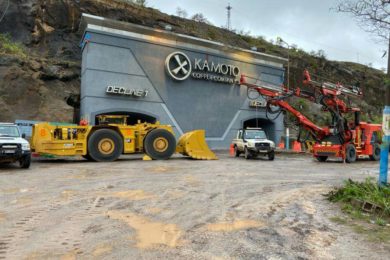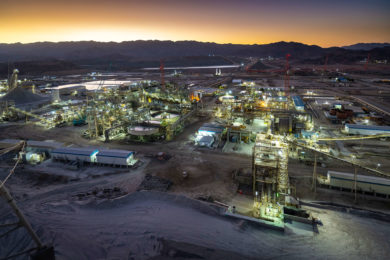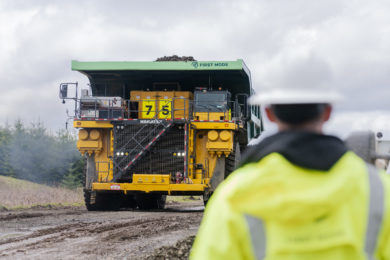Newtrax says it has collaborated with Kamoto Copper Company SA (KCC), deploying its state-of-the-art Proximity Detection Technology (PDT) at their KTO underground copper and cobalt mine near Kolwezi in DRC. Newtrax stated: “We implemented and commissioned the system flawlessly, with no lost time incidents and on schedule, paving the way for advanced proximity detection and operations management. With phase two commencing it will synchronise with our Mining Data Platform providing KCC with a real-time view of their underground operations.”
KTO’s operations are outlined in the latest KCC Technical Report. The deposit is currently divided into three categories of dip/plunge, and the three mining methods applied throughout the zones are room and pillar (RAP) with hydraulic or Cement Hydraulic Backfill at dips of less than 12º; Transversal Longhole Retreat (TLHR) with backfill between 13º and 55º; and Longitudinal Longhole Retreat (LLHR) with backfill at dips greater than 55º.
The RAP mining practised at KTO UG is applied to the OBS and OBI horizons. Access drives are developed along strike on the hanging wall contact, 6 m wide by 5 m high on 25 m centres. Cross drives (6 m x 5 m) are developed, 25 m centre to centre, along the centre of the stope for the full length thereof; connected by drifts, 25 m centre to centre, for ease of loading the broken ore and for ventilation purposes. The TLHR method is practiced in Zones 1, 6, 7 and Etang South for dips between 12° and 55°. The stopes are 15 m to 17 m wide and pillars are 8 m wide along the strike.
LLHR is used in Etang North for dips off 55° and higher. The vertical level spacing is 15 m in old areas and 15 m to 20 m in undeveloped areas. Stopes are designed at the width of the orebody, 60 m in length and with 8 m rib pillars. Level access is developed through a ramp system. Strike drives (6 m x 5 m) are developed and located at the safest position in the orebody, for that level, based on geotechnical and geological parameters. These drives are developed to the full width of the orebody.










